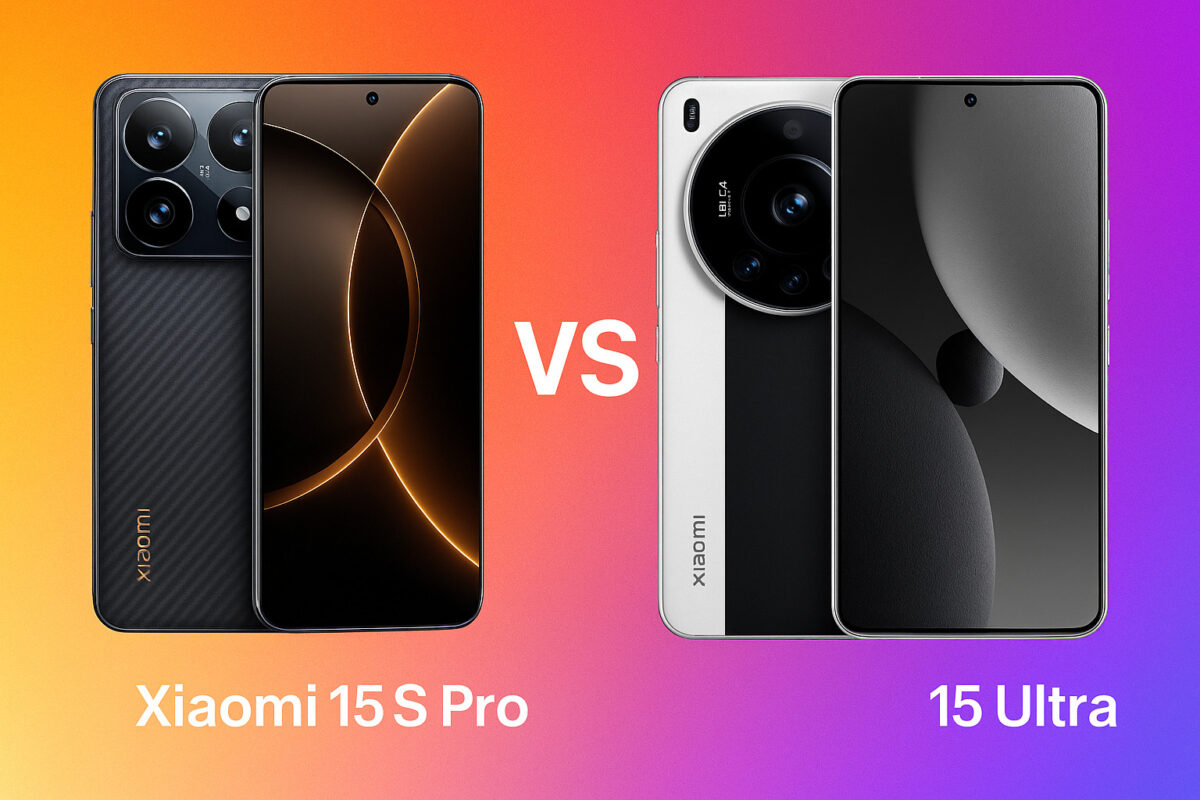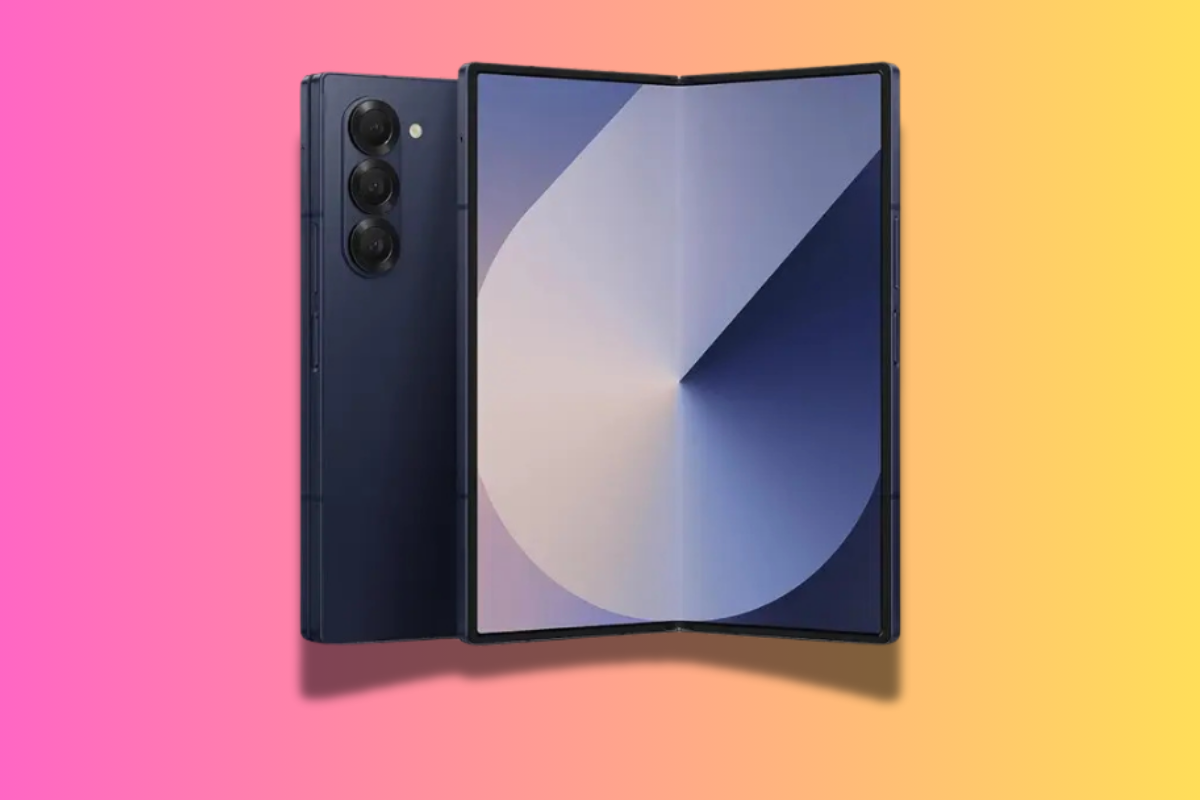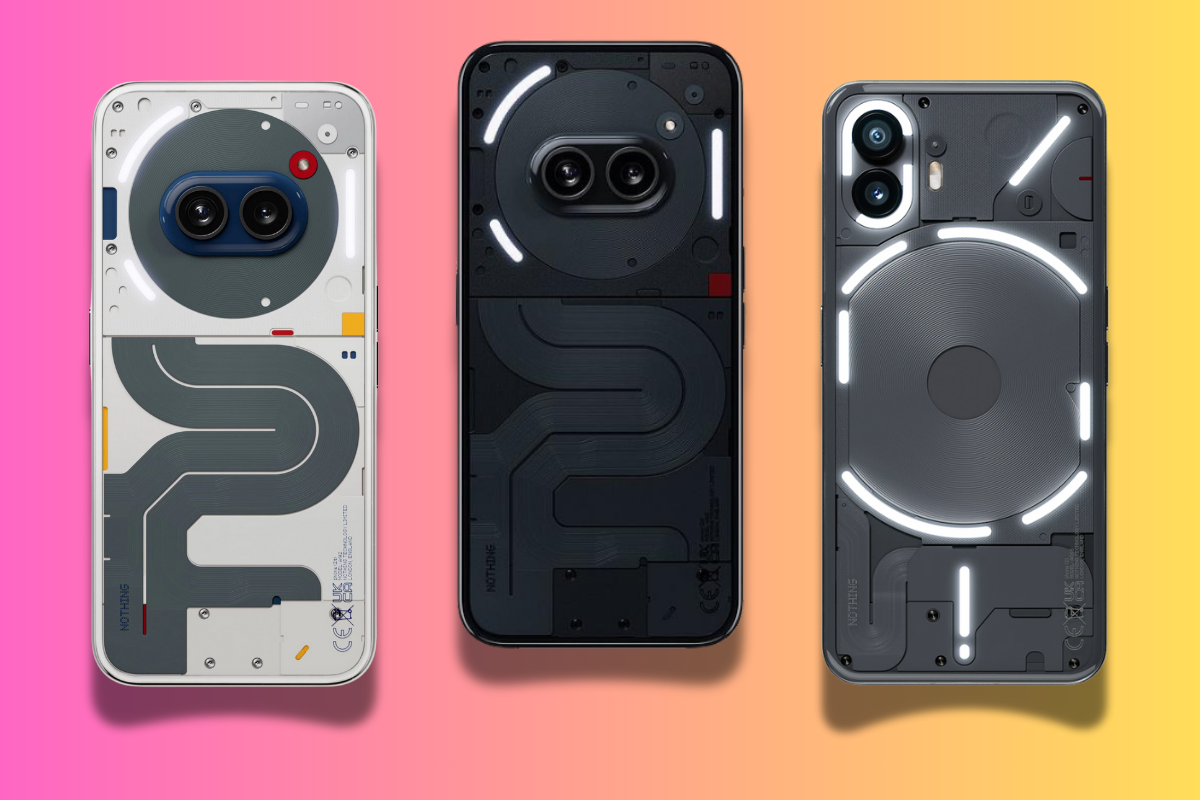Key Takeaways: Which Should You Buy?
| Feature | Xiaomi 15S Pro | Xiaomi 15 Ultra |
|---|---|---|
| Performance | Custom Xring O1 | Snapdragon 8 Gen 3 Elite |
| Display | 2K AMOLED, 120Hz | 2K AMOLED, 120Hz |
| Camera | Strong triple Leica setup | World-class quad Leica system |
| Battery | Larger (6100mAh) | 5410mAh |
| Charging | 90W wired / 50W wireless | 90W wired / 80W wireless |
| Build | Shatterproof glass | Eco-leather/glass-fiber |
| Price | ~€680 (China) | ~£1,029 / €1,160 |
| Availability | China-only | Global |
Analysis
If you want the best camera experience Xiaomi offers and need a phone that works globally, the Xiaomi 15 Ultra is the easy choice. It’s expensive, but you’re getting a top-tier flagship that goes toe-to-toe with the iPhone 15 Pro Max and Galaxy S24 Ultra.
On the other hand, if you’re in China (or okay with importing) and want maximum performance, battery life, and value for money, the Xiaomi 15S Pro is hard to ignore, especially with that custom Xring chip and huge battery.
Want other premium options? Check out our picks for the best flagship phones right now.
Full Xiaomi 15 Ultra vs Xiaomi 15S Pro Comparison
Trying to choose between the Xiaomi 15S Pro and the Xiaomi 15 Ultra? These two premium handsets share a lot of specs on paper but they target different users.
One is a China-only powerhouse built around a bold new in-house chipset, while the other is a global photography-first flagship with one of the best camera systems in the game.
Here’s how they stack up across the board…
Design & Build: Flagship Looks, Different Finishes
Xiaomi 15S Pro
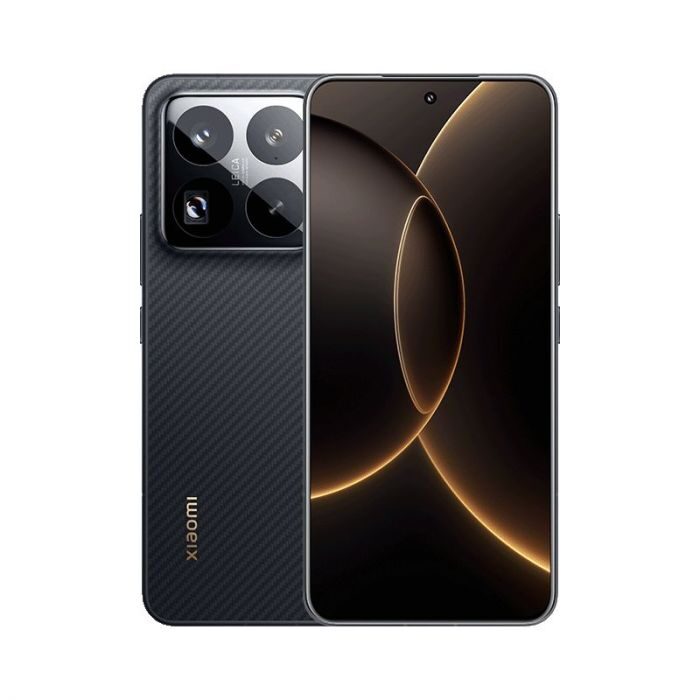
- Aluminum frame with IP68 rating
- Shatterproof glass back
- More industrial design
Xiaomi 15 Ultra
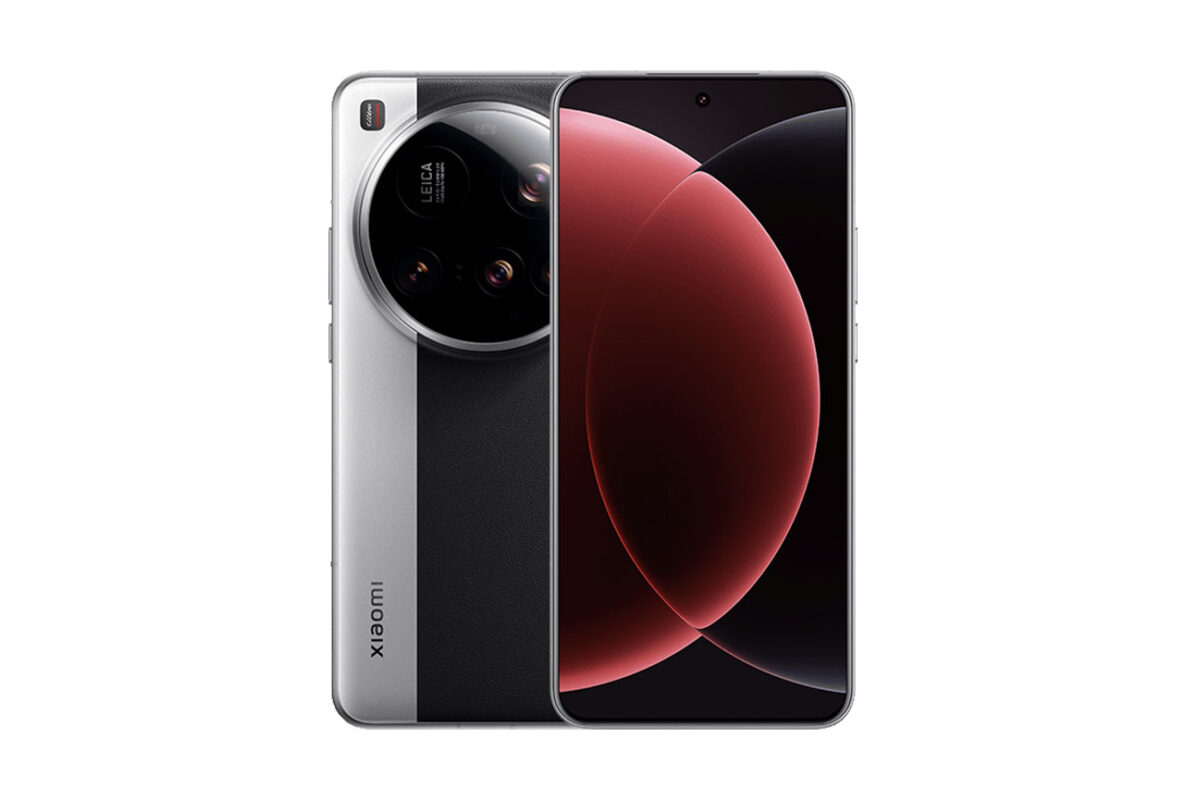
- Aluminum frame with IP68 rating
- Choice of eco-leather or glass-fiber back
- Premium materials with a more “luxury” finish
Both phones feel every bit like high-end flagships in the hand. The 15 Ultra leans into premium materials, especially with the eco-leather option. The 15S Pro is a little more traditional with its rugged shatterproof glass.
Display: No Real Differences Here
- 6.73-inch LTPO AMOLED
- 2K resolution (3200 x 1440)
- 120Hz refresh rate
- 3200 nits peak brightness
- Dolby Vision & HDR10+
No matter which model you choose, you’re getting the same top-tier display tech. Xiaomi has nailed the screen experience across both models, with ultra-smooth refresh rates and exceptional brightness and contrast. It’s hard to complain here.
Performance: Snapdragon vs Xiaomi’s Xring O1
Xiaomi 15S Pro
- Xring O1 (10-core, 3.9GHz custom chip)
- 16GB RAM
- 512GB or 1TB UFS 4.1 storage
Xiaomi 15 Ultra
- Snapdragon 8 Gen 3 “Elite Edition”
- 12GB or 16GB RAM
- 256GB to 1TB UFS 4.1 storage
The 15 Ultra runs Qualcomm’s best chip, and it’s a proven performer in both power and efficiency. But the 15S Pro is more interesting. Xiaomi’s new Xring O1 chip is built in-house and designed to compete at the flagship level. Early benchmarks suggest it delivers similar real-world performance, but we’ll need more testing to see how it holds up long-term.
For now, either option is more than enough for gaming, multitasking, or anything else you throw at it.
Camera: Xiaomi 15 Ultra Is a Photography Beast
Xiaomi 15S Pro Camera Setup
- 50MP f/1.4 Leica main sensor
- 50MP 5x periscope telephoto
- 50MP ultrawide
Xiaomi 15 Ultra Camera Setup
- 50MP 1-inch Leica main sensor
- 200MP periscope telephoto
- 50MP 3x telephoto
- 50MP ultrawide
This is the biggest difference. The 15 Ultra’s camera system is in a different class. It uses a massive 1-inch main sensor, adds a second telephoto lens, and includes a wild 200MP periscope zoom. It’s a photography tool as much as a smartphone. If mobile photography matters to you, the Ultra is the clear winner.
That said, the 15S Pro still has a strong Leica-branded camera system—it’s just not quite at the same level.
Battery & Charging: Bigger Battery vs Faster Wireless
Xiaomi 15S Pro
- 6100mAh battery
- 90W wired, 50W wireless charging
- 10W reverse wireless charging
Xiaomi 15 Ultra
- 5410mAh battery
- 90W wired, 80W wireless charging
- 10W reverse wireless charging
The 15S Pro gives you a larger battery, which may mean better endurance overall. But the 15 Ultra charges faster wirelessly—if that matters to you. Both phones include 90W wired charging, which means you’ll be at 100% in around 30 minutes regardless.
Software: HyperOS and Android 15
Both phones ship with Android 15 and Xiaomi’s HyperOS 2.0 skin. It’s fast, fluid, and packed with customization features. While Xiaomi’s software is still a bit heavy compared to Pixel or OnePlus, it has improved in recent years, especially with the new HyperOS branding.
You can expect solid support, especially on the Ultra, which gets global attention and updates.
Availability & Price: Local vs Global Flagship
Xiaomi 15S Pro
- China-only
- ~€680 (converted from Chinese pricing)
Xiaomi 15 Ultra
- Global model
- ~£1,029 / €1,160
The Xiaomi 15S Pro is clearly priced more aggressively—but you can’t buy it outside China without using import services. The 15 Ultra is globally available and officially supported in more regions, which means better updates and aftersales support.
If you’re shopping in Europe or the UK, the 15 Ultra is your only real choice unless you’re willing to import and miss out on warranty coverage.
FAQ
Is the Xiaomi 15S Pro available outside China?
No, it’s currently a China-exclusive model. You’d need to import it to use it elsewhere.
Does the Xiaomi 15 Ultra support global 5G bands?
Yes, the Ultra supports a wide range of global 5G and LTE bands.
Which phone has better battery life?
The Xiaomi 15S Pro has a larger battery, so it may last longer. However, real-world endurance depends on usage and software optimization.
Can the Xiaomi 15 Ultra compete with the Galaxy S24 Ultra?
Yes, especially in terms of camera hardware. It’s one of the few Android phones that can rival Samsung’s best in mobile photography.
What’s the difference between the Snapdragon 8 Gen 3 and the Xring O1?
The Snapdragon is the more widely used and tested platform, while the Xring O1 is Xiaomi’s new in-house chip, designed for maximum performance and tight integration.
